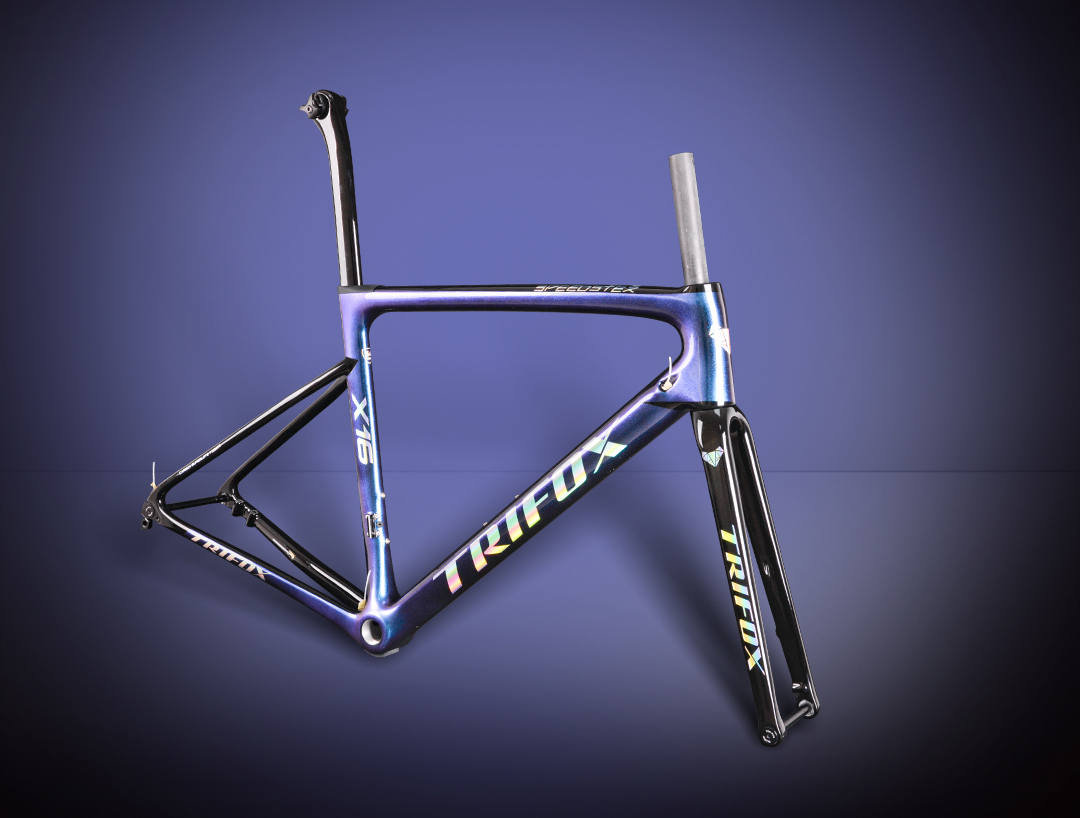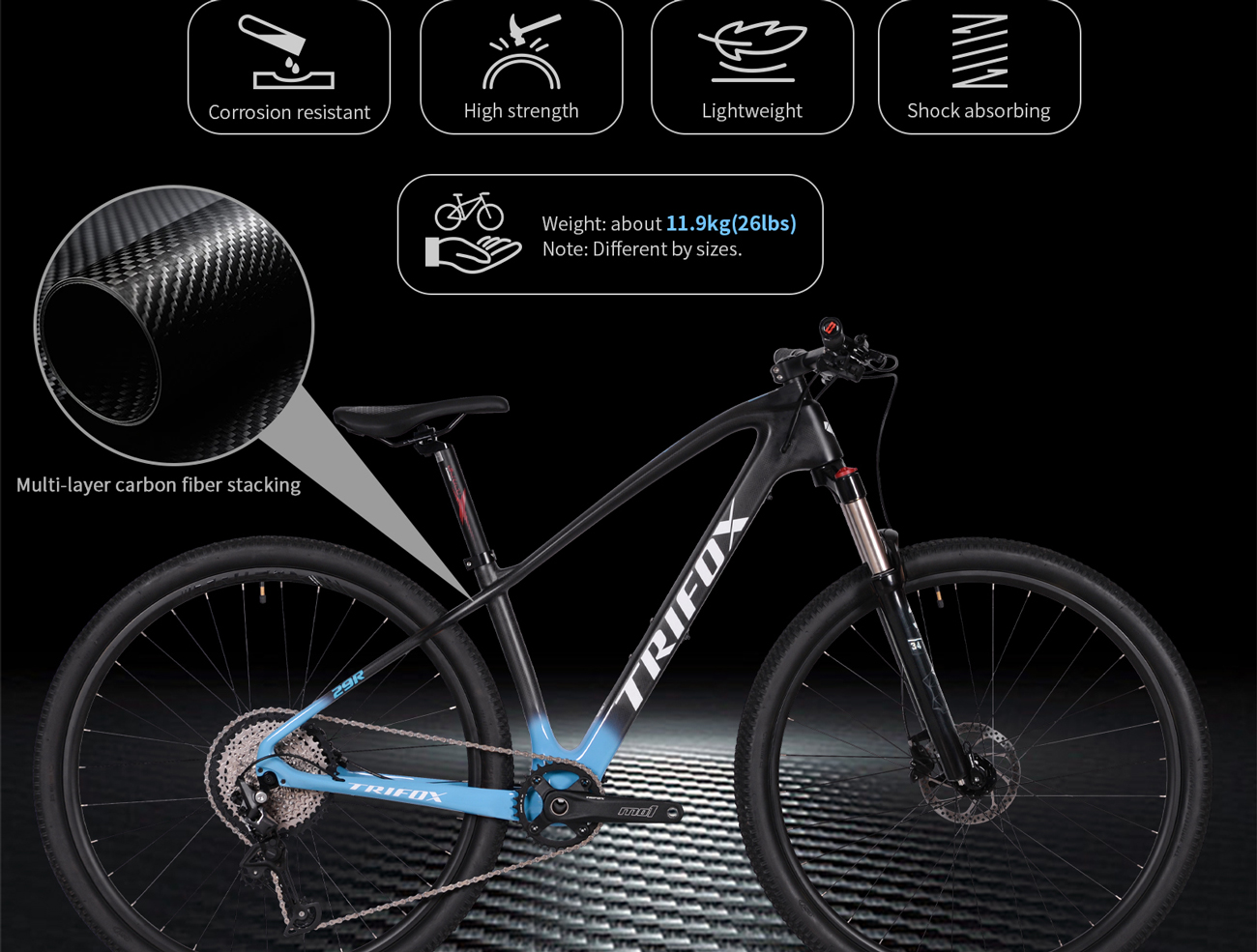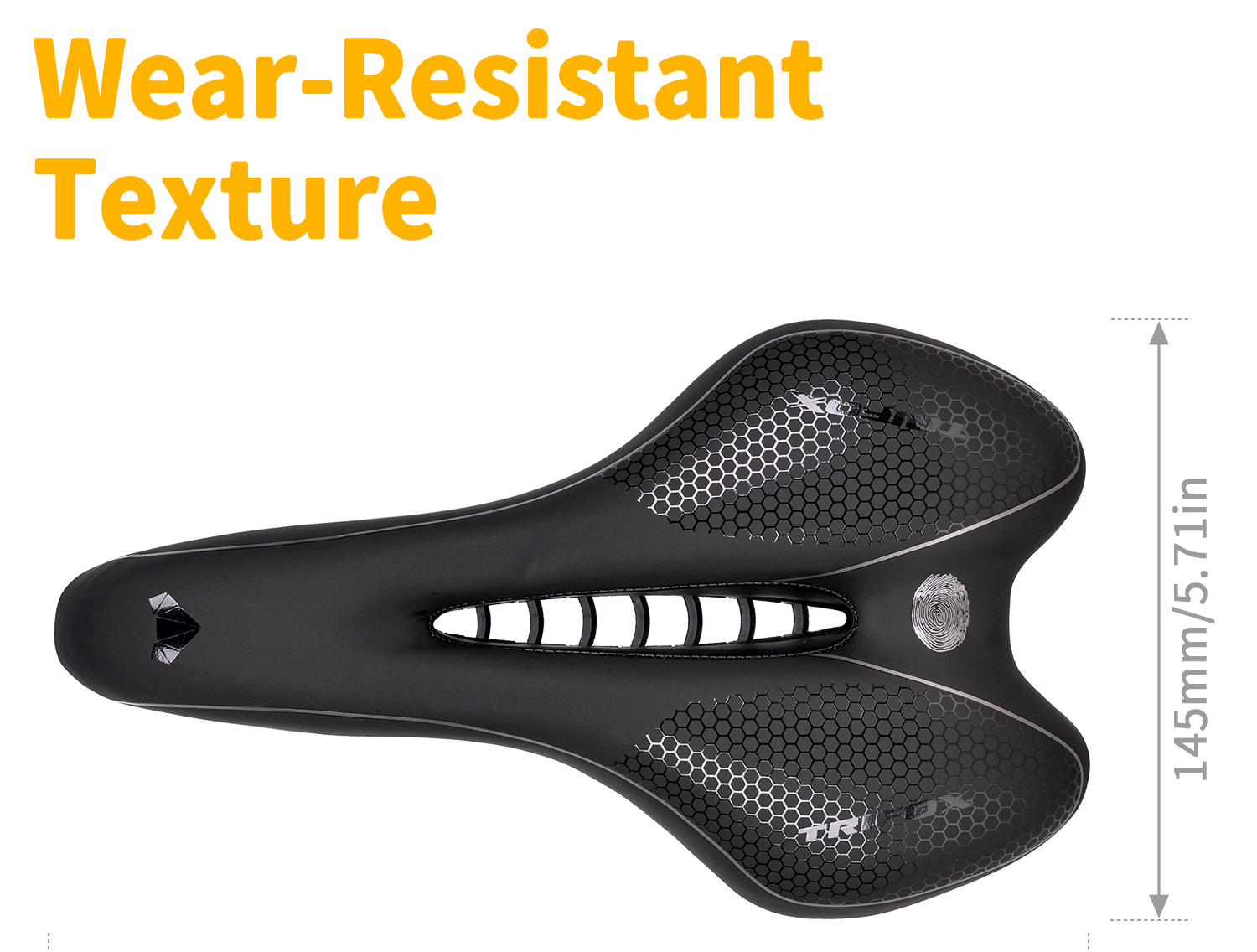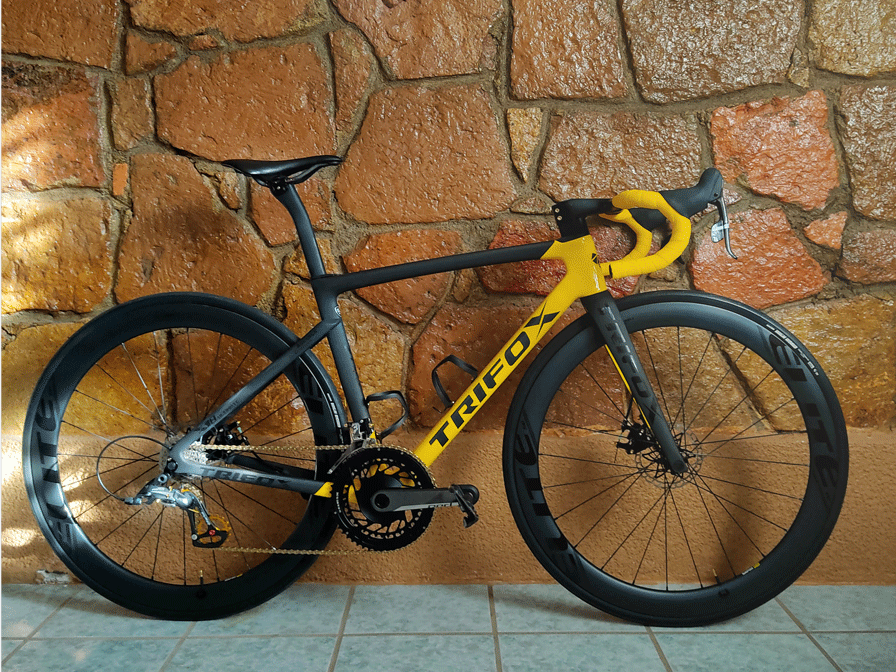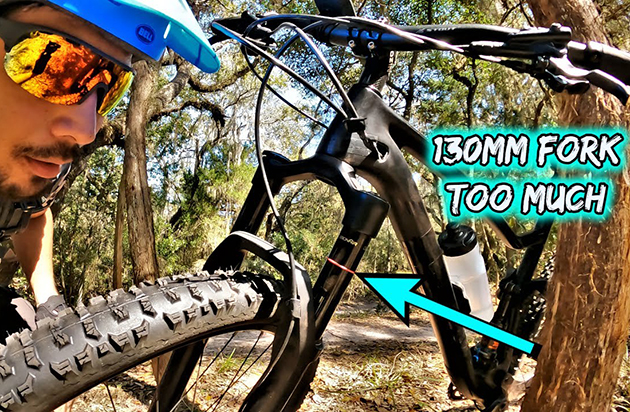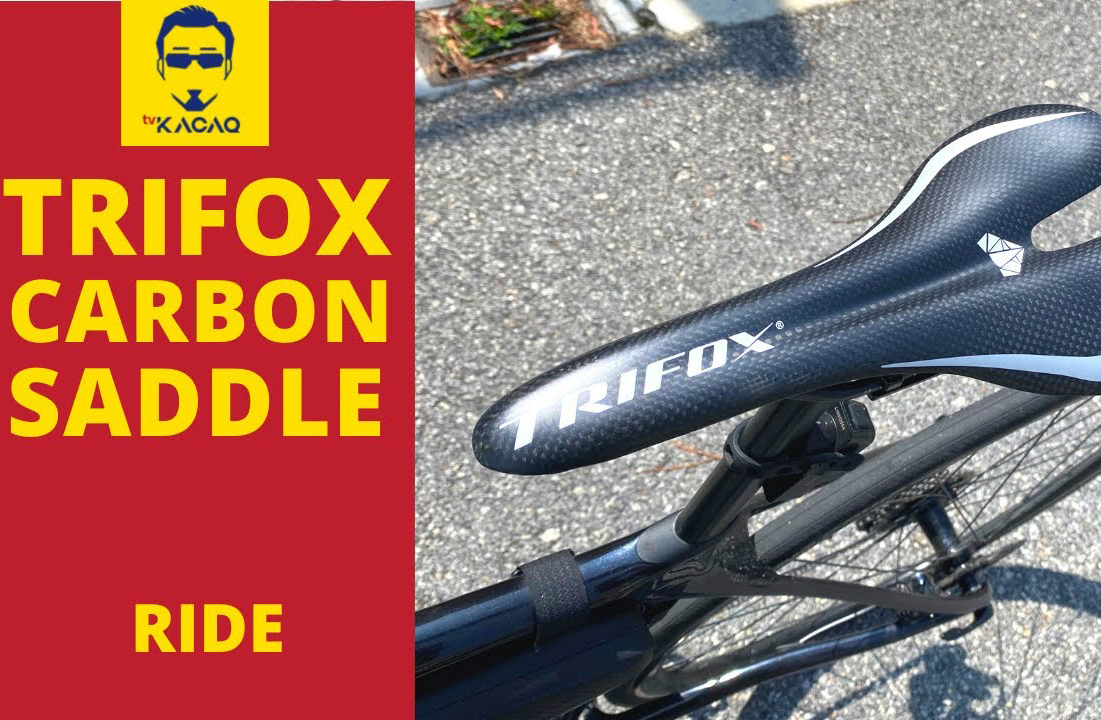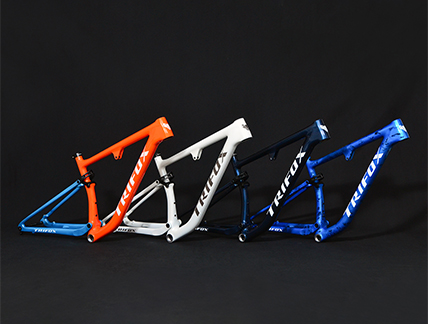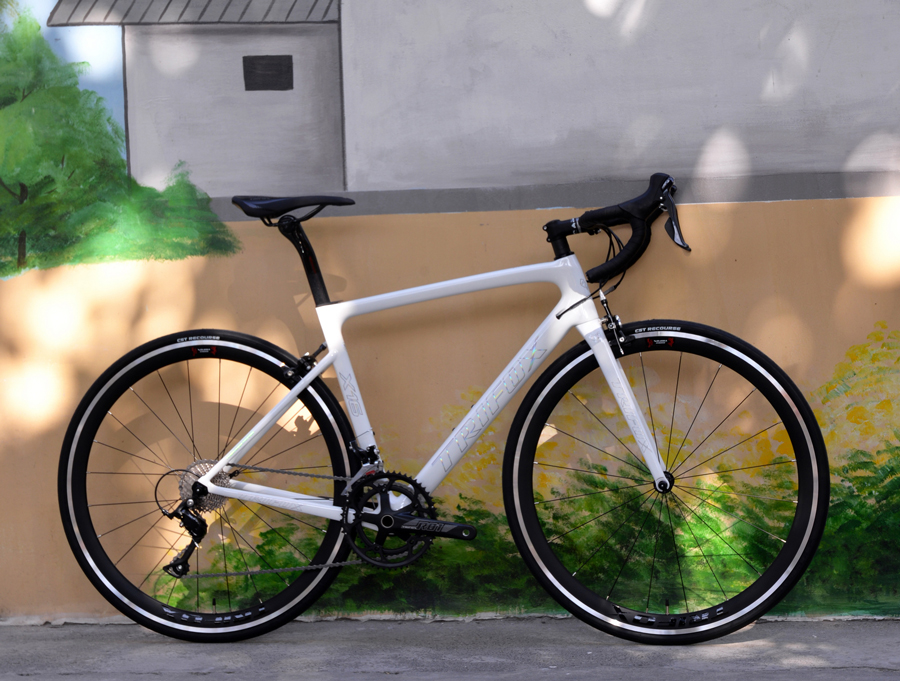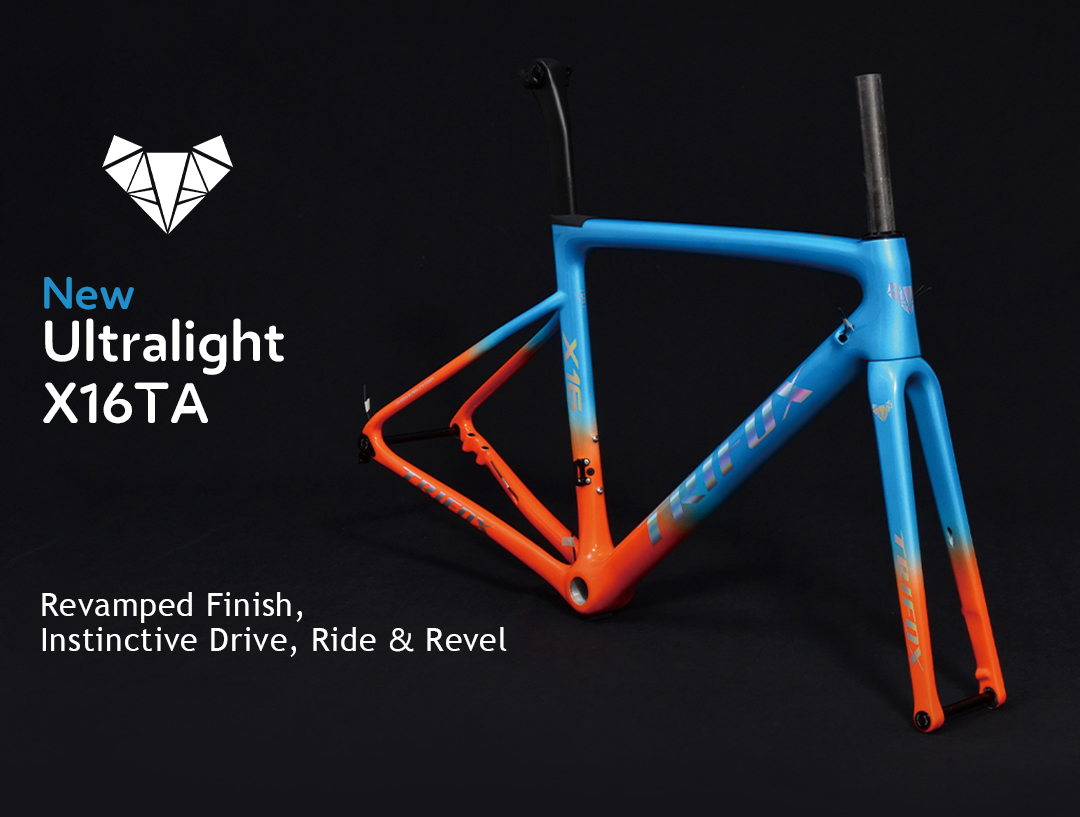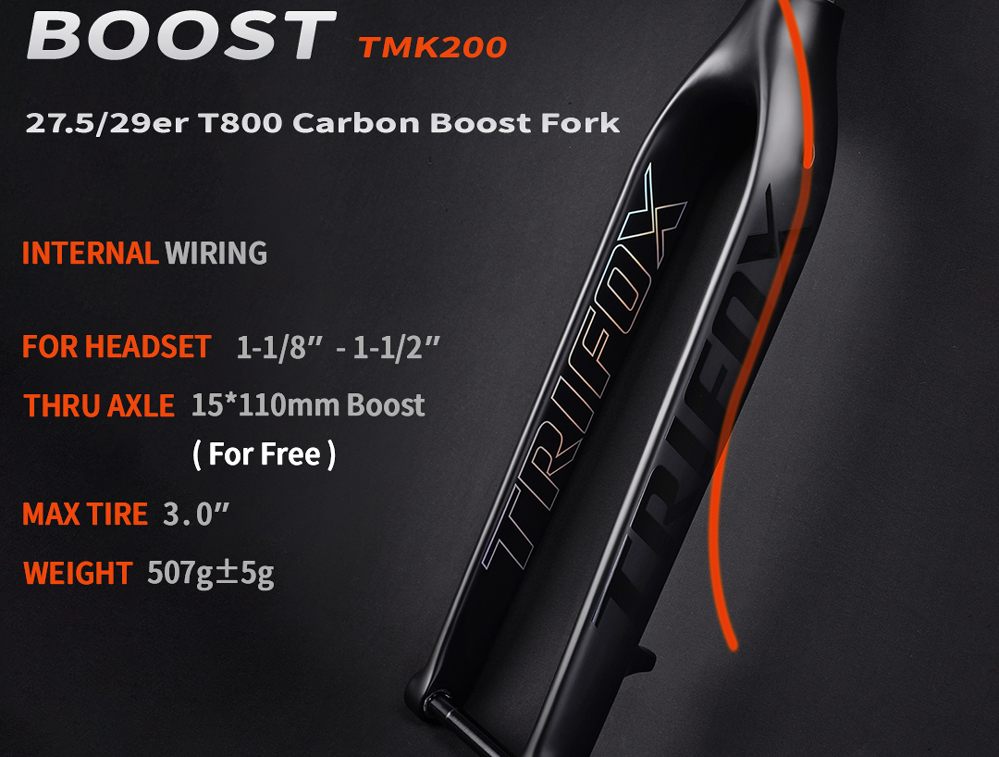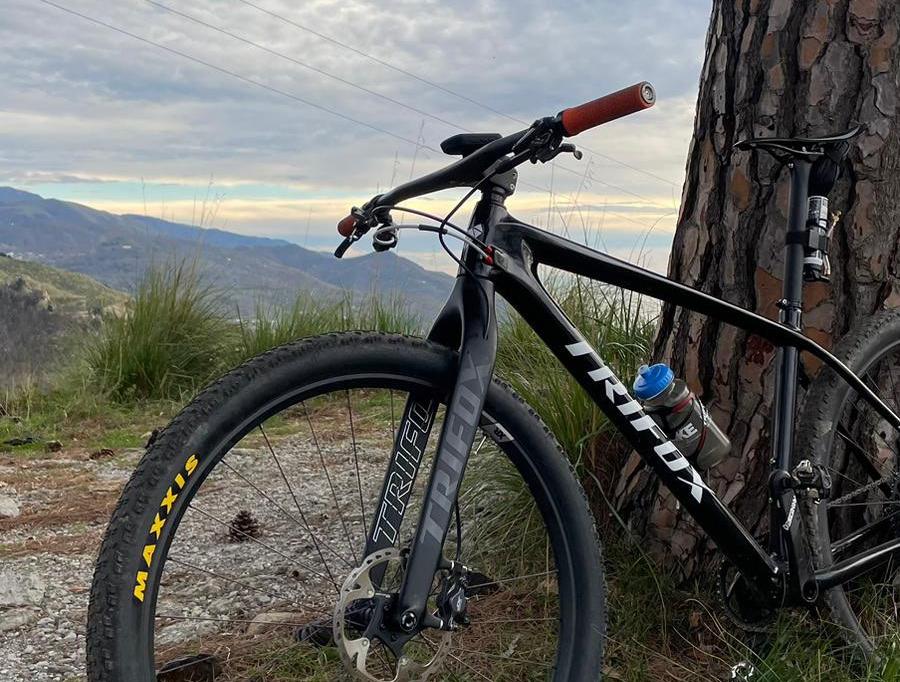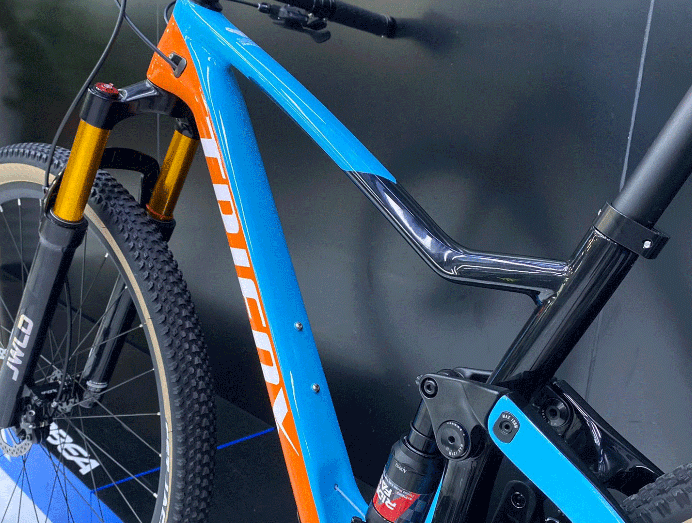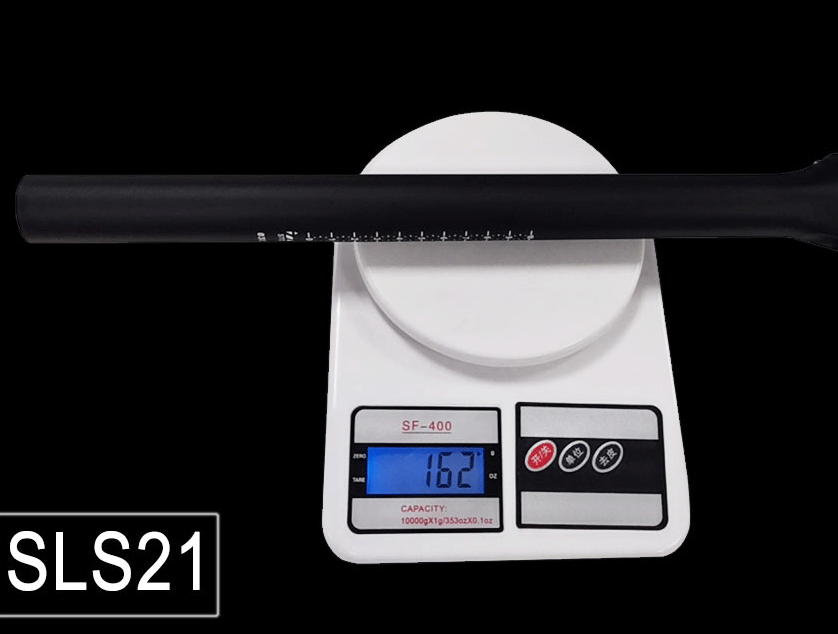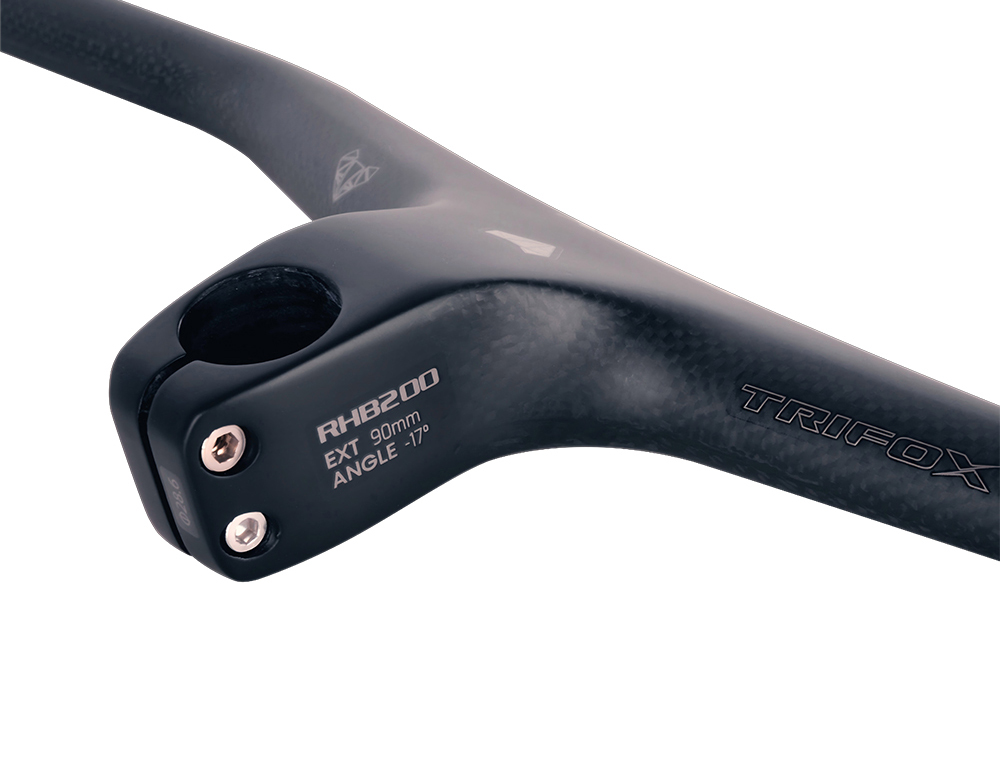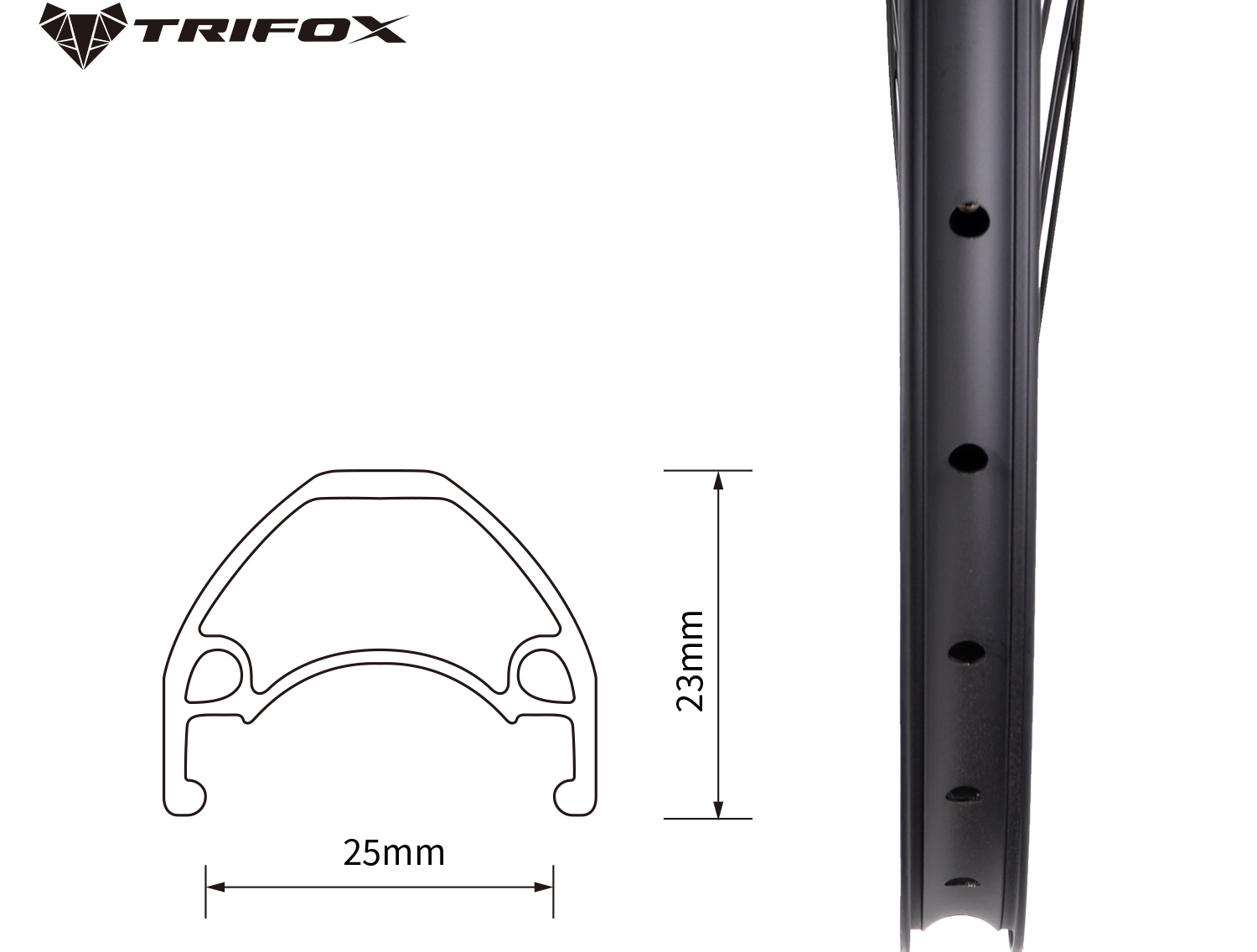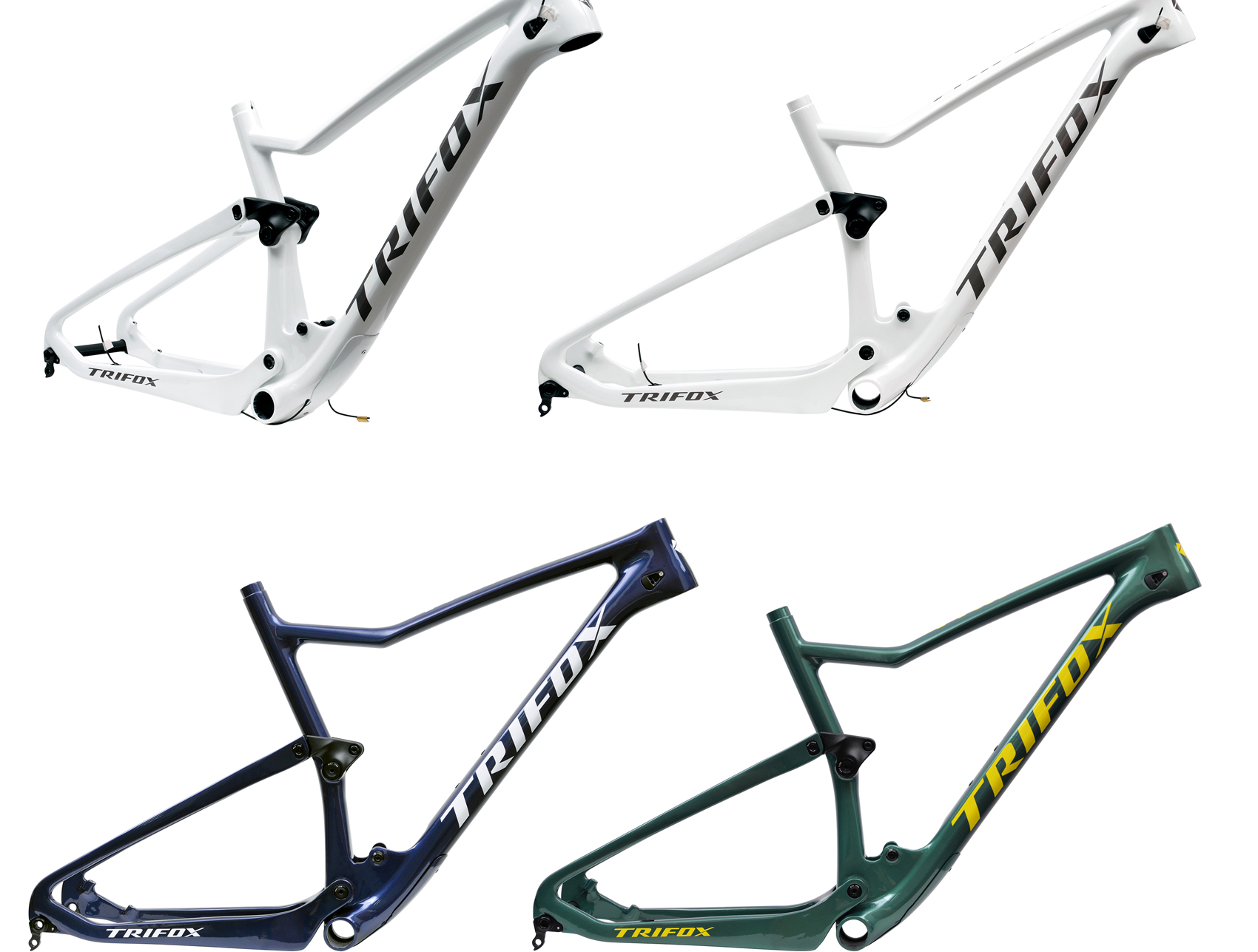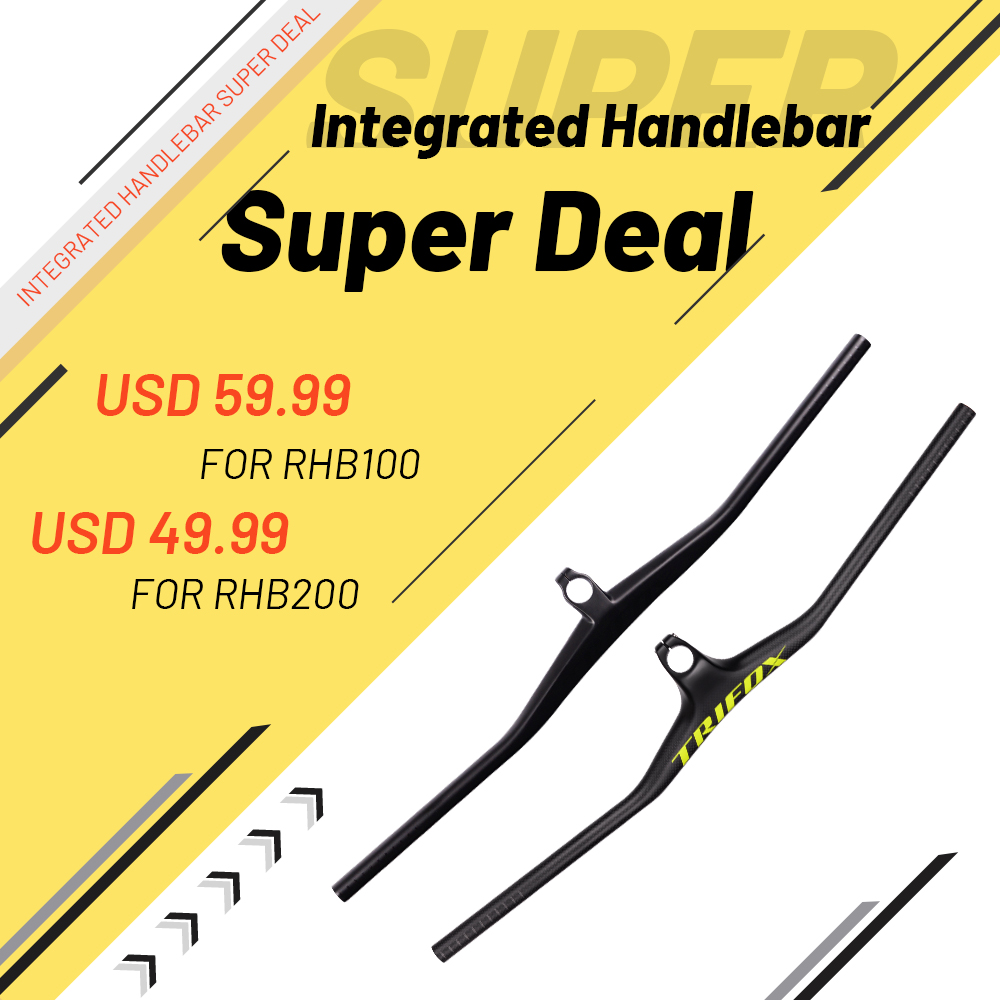For cyclists seeking every performance edge, even small components like saddle rails matter. Carbon fiber has become a go-to material for high-end bike parts, but do carbon saddle rails truly enhance your ride?
The Role of Saddle Rails
Saddle rails connect your saddle to the seatpost, bearing your weight while absorbing road vibrations. Traditionally made from steel, titanium, or aluminum, rails impact weight, comfort, and durability. Carbon fiber enters the mix as a premium alternative—but does it deliver?
Benefits of Carbon Saddle Rails
1. Weight Savings: Carbon rails can shave 50–100g compared to metal options. For weight-conscious riders, this contributes to a lighter setup, crucial for climbing and acceleration.
2. Vibration Damping: Carbon’s natural flex absorbs road chatter better than stiff metals, offering a smoother ride on rough terrain.
3. Stiffness & Power Transfer: Despite being lightweight, carbon rails provide lateral stiffness, ensuring efficient power transfer during sprints.
Why Consider Trifox Carbon Saddles
Trifox's carbon saddles exemplify smart design. Their rails pair featherweight construction (under 150g) with robust durability, thanks to high-modulus carbon fiber.
The minimalist profile reduces pressure points, while the rails’ compliance enhances comfort on long rides. Whether you're racing or tackling endurance routes, these saddles offer a balanced blend of performance and reliability.
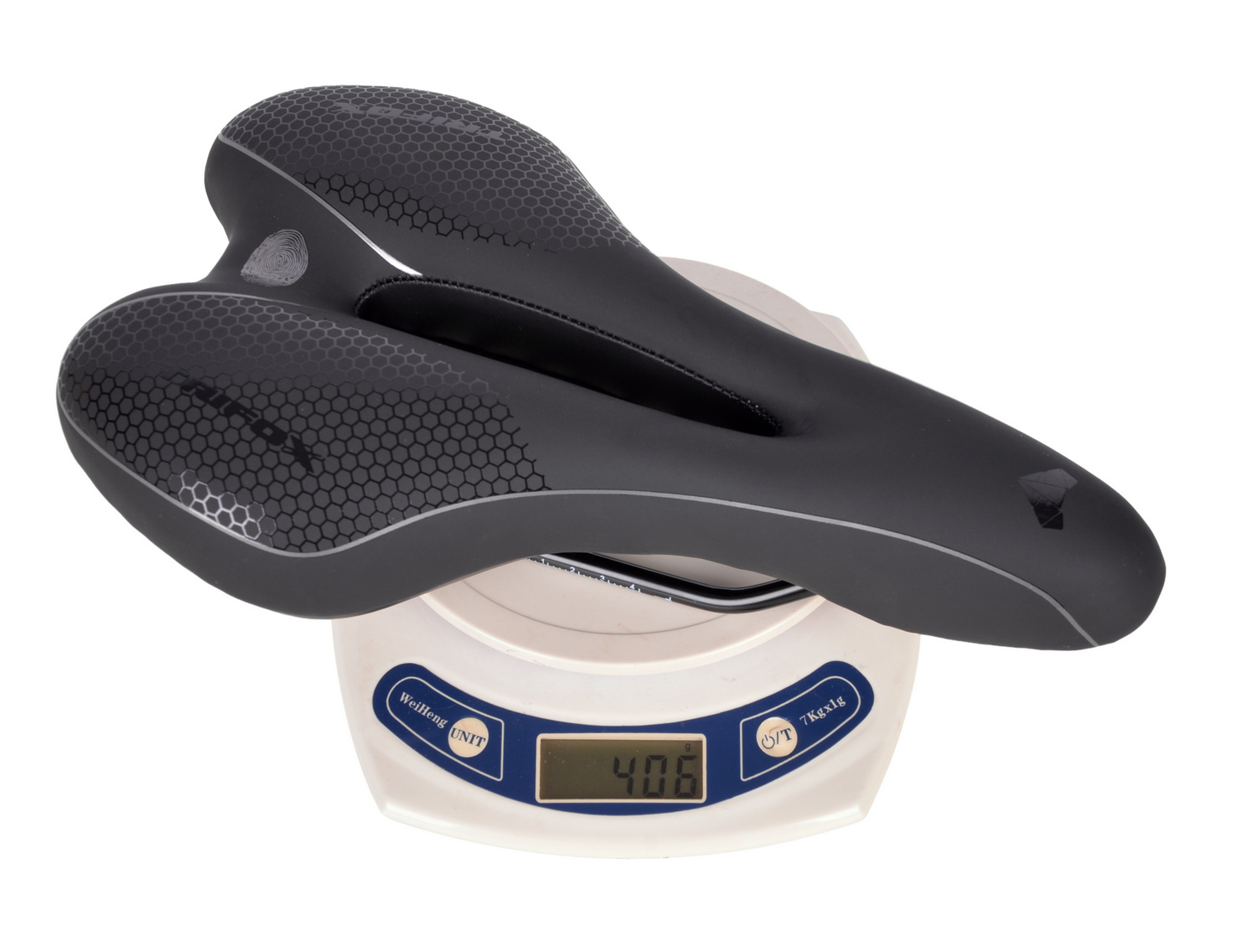
Final Verdict
Carbon saddle rails shine for riders prioritizing weight savings and vibration damping. While they require careful installation, the benefits often outweigh the drawbacks—especially with quality products like Trifox's. If you’re upgrading your setup for speed or comfort, carbon rails are a worthy addition.





























































